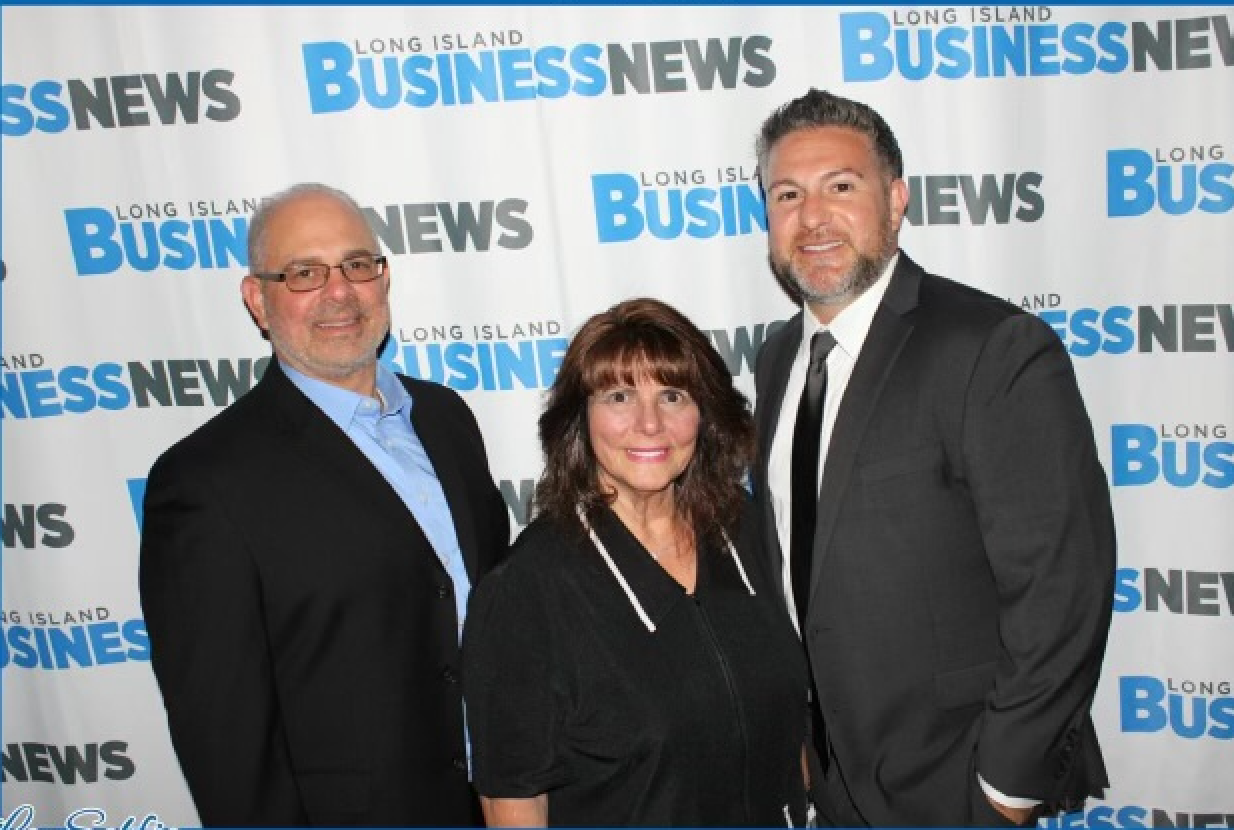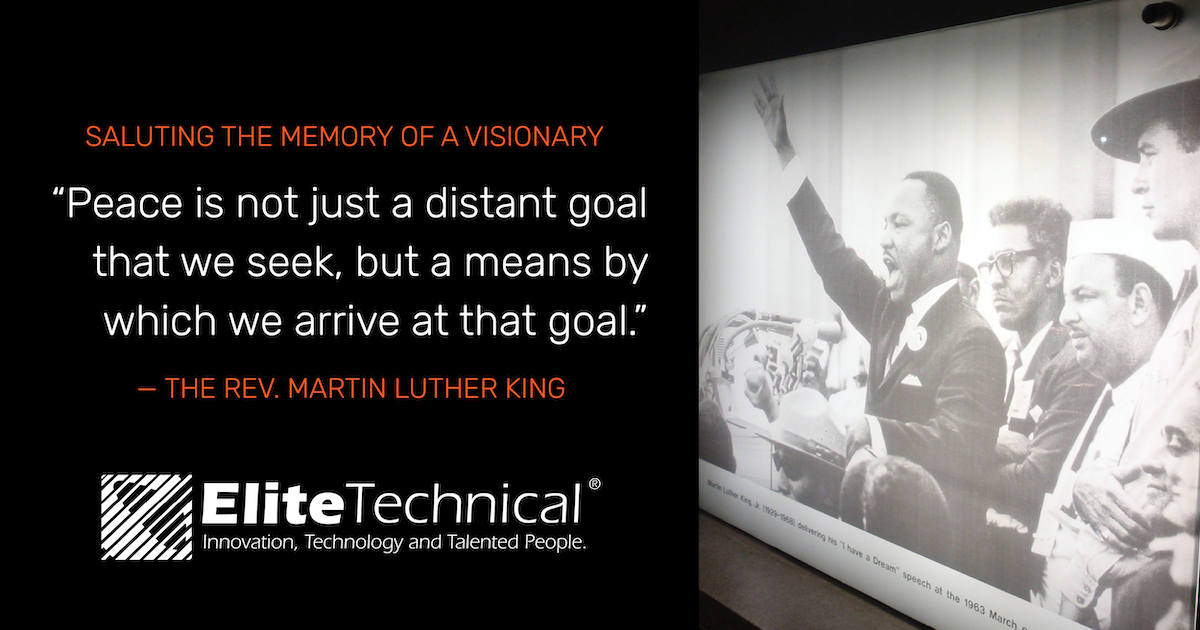Maximizing the Impact of Temporary and Permanent Labor for Long Term Gains
Five Tips to Plug the Brain Drain

To mitigate loss of business knowledge, procedures and institutional memory, develop a business continuity plan (BCP) that includes a corporate knowledge library. This will help you transfer information from one generation of workers to the next. Sound good? Here are five tips to get you started:
1.
Communicate your objective.
Discuss the
importance of contingency planning with your team in a way that reduces alarm. Explain
the goal of a BCP is not to hasten retirements, cut headcount or micro-manage
staff, but to foster understanding of what makes your company tick and operate
effectively—no matter what comes down the pike. A BCP will help meet learning
goals while also preparing your team for down-the-road emergencies. Procedure manuals, for
example, can provide important documentation to secure necessary budgets,
improve decision making, speed disaster recovery, and even earn a thumbs-up from
bankers who must be convinced that lending arrangements are backed by business
protocols capable of protecting their investments.
2.
Determine what vital information is needed
for smooth operations.
Discuss with workers which processes, documents and insights are needed
to satisfy business, financial, employee learning, customer satisfaction and
investor objectives.
3. Be specific. Develop information-gathering forms to help standardize library additions and guide personnel at all levels. Ask people from all departments to describe everything they do each day that affects outcomes. Ask for insight to effectively conducting tasks and work processes. Prepare flow charts and procedures that ensure objectives are met. Collect information on role responsibilities and job descriptions; informal and formal department and corporate policies; and tables of organization. Also create an index of file names and locations of important documents by department. Save screen shots of pertinent data and directories; and include lists of go-to URLS, Web or Intranet resources. Add up-to-date contact information for clients/customers, vendors and partners. These documents should enable someone else to quickly understand how to do each job in case of emergency and ensure important knowledge won’t fall through the cracks during vacations, an extended sick leave, or following a departure.
4.
Set a firm date by which information is to be
submitted.
Also schedule time to review submissions and identify any information gaps.
Remind team members that time invested in this effort is time well spent. Also schedule periodic information updates, as needed, to keep your data current.
5. Decide where all information will be stored. Set up an Internal database for easy-retrieval and choose backup systems that are multiply redundant.
Enjoy the Outcomes
Later, when on-boarding new employees or cross-training to cover employee vacations, leaves or terminations, your firm will be better positioned to transfer knowledge, ensure competent teams, and maintain productivity.
Want help to ensure productivity, profitability and business continuity? Contact Elite Technical .













